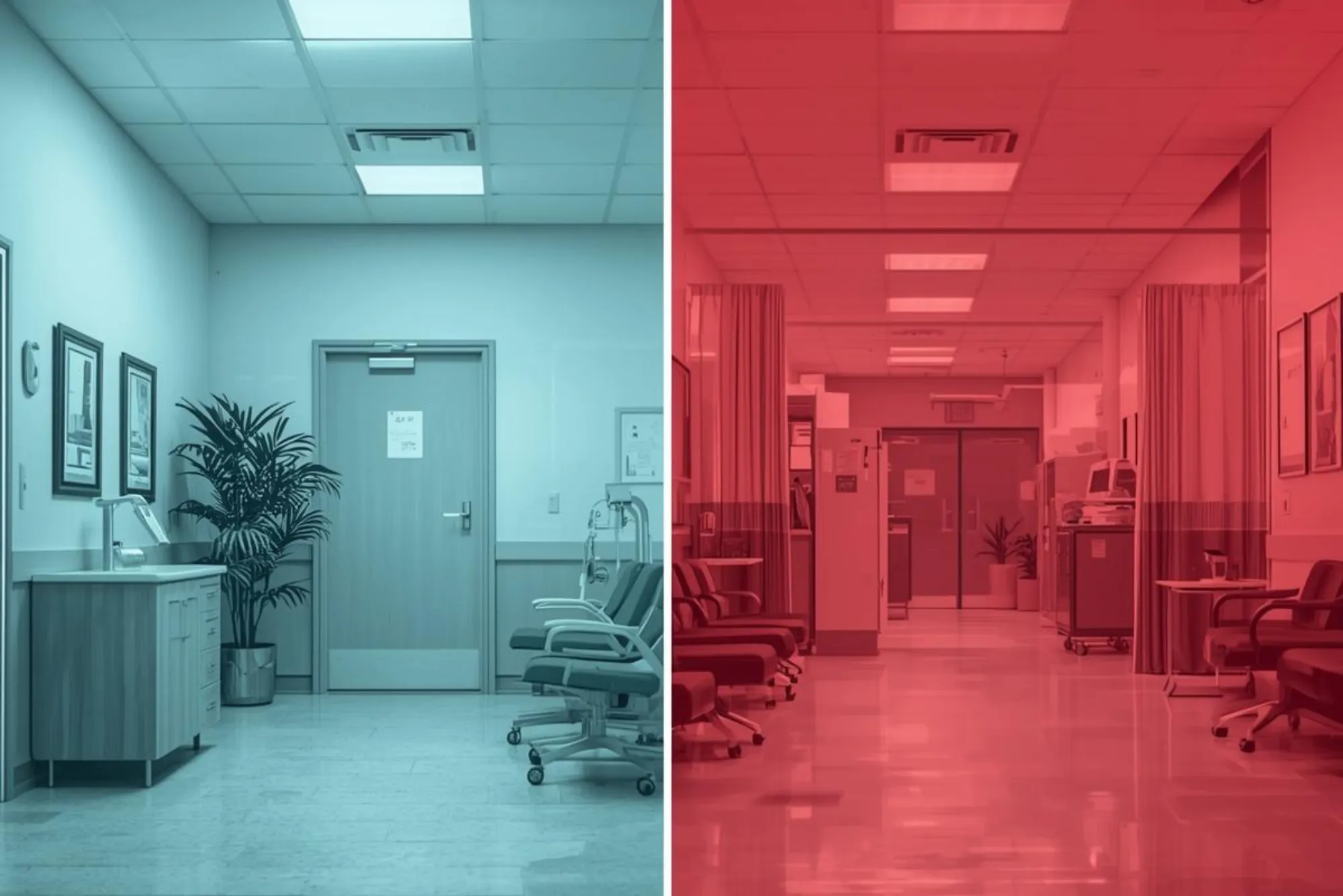When evaluating electric vehicles, range is a key factor—but not all range figures are created equal. GAC’s AION Y is rated under the WLTP (Worldwide Harmonized Light Vehicles Test Procedure), which has become a more trusted method in many markets. To better understand what this means, it helps to compare WLTP with other standards like the EPA (used primarily in the U.S.) and NEDC (an older system still seen in some places).

Where WLTP Fits In
GAC’s AION Y is measured using the WLTP method, which considers various driving conditions—urban, suburban, highway, and more. This testing model gives drivers a closer idea of what to expect in real-world use, rather than just ideal conditions. Compared to NEDC, which often delivers optimistic range numbers, WLTP offers results that feel more grounded in daily life.
The AION Y’s WLTP-rated range reflects GAC‘s focus on energy efficiency, battery optimization, and aerodynamic design. These factors all contribute to a vehicle that performs in line with the expectations set by its rating.
How WLTP Compares to EPA and NEDC
While WLTP offers a balanced view, EPA range estimates tend to be slightly more conservative. That’s because the EPA test cycle includes more aggressive acceleration and higher average speeds. As a result, if an EV like the AION Y were tested under EPA standards, the range number would likely be lower than its WLTP figure—but still within a realistic margin.
NEDC, on the other hand, is less reflective of modern driving. It doesn’t factor in rapid stops, starts, or sustained highway driving, which can lead to inflated range estimates.
Conclusion
In the AION Y, GAC provides range information based on WLTP standards to better match what drivers will encounter on the road. Compared to older methods like NEDC or more conservative ones like EPA, WLTP strikes a useful balance. For those researching EV options, the AION Y’s WLTP range offers a reliable reference point grounded in everyday use.







